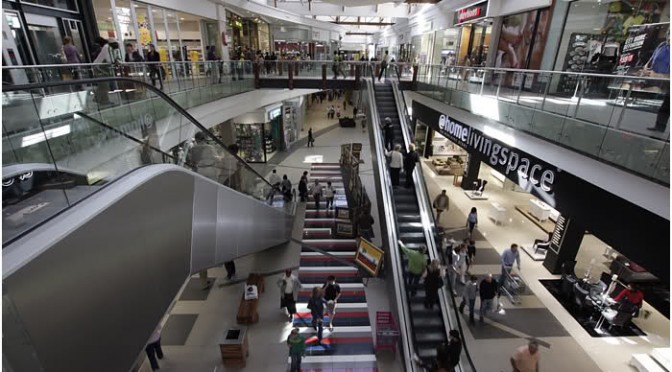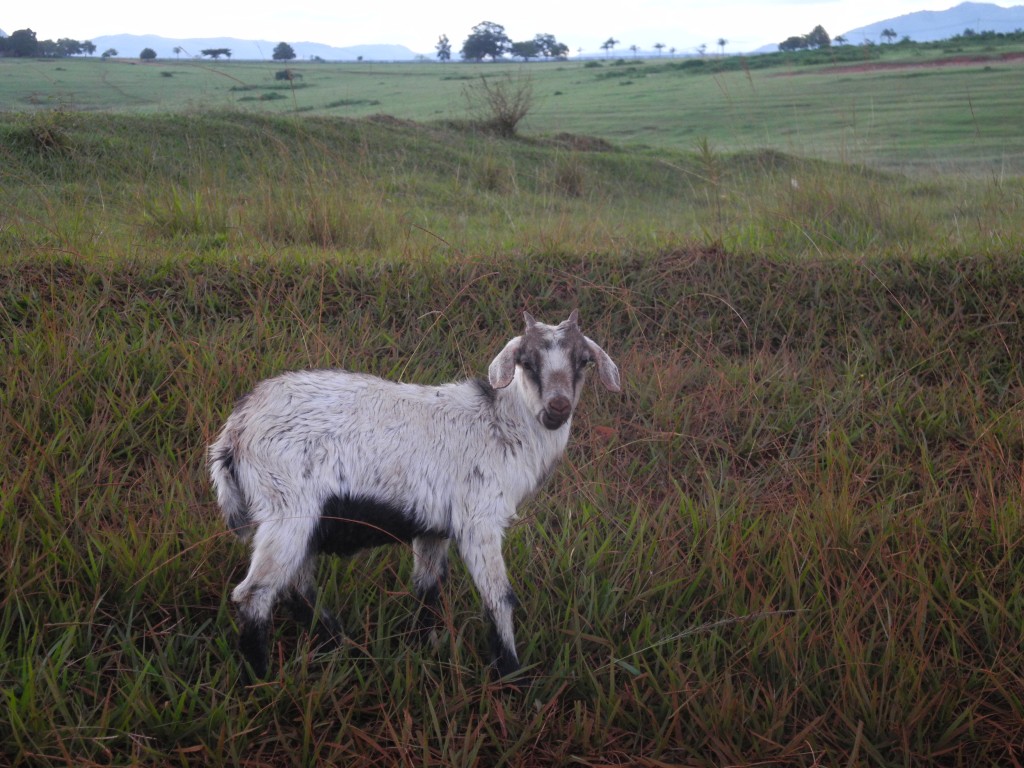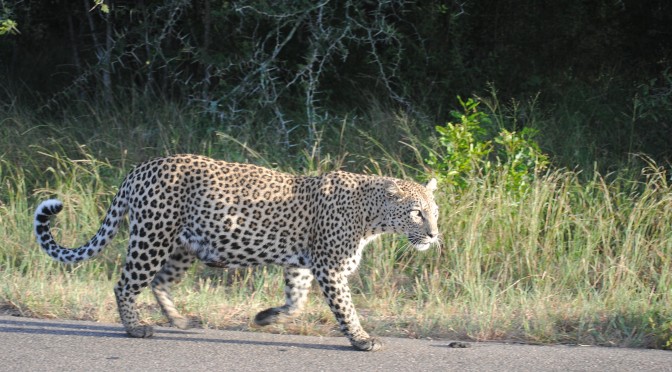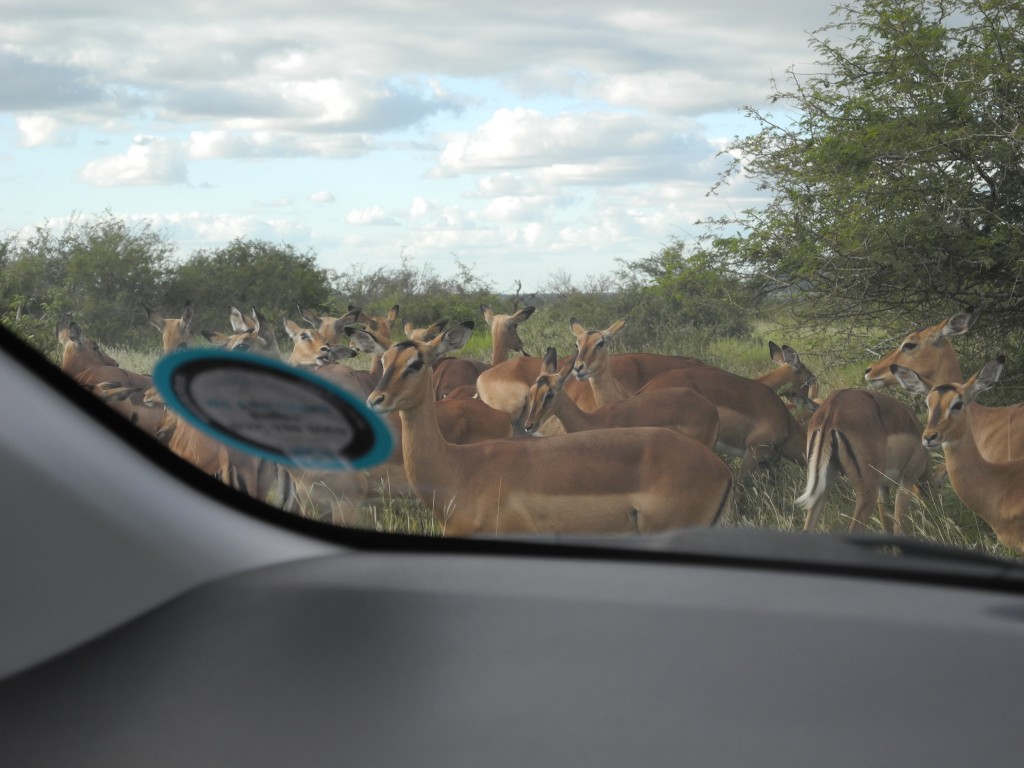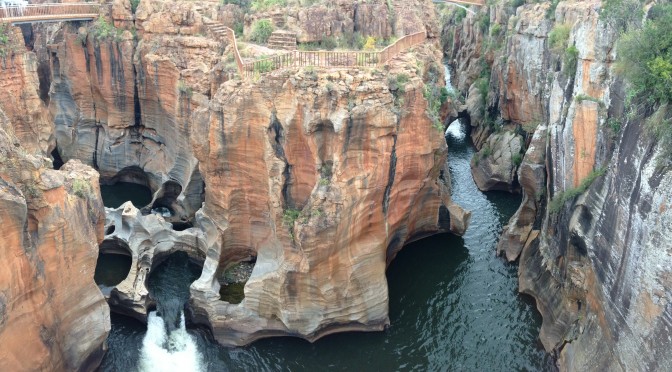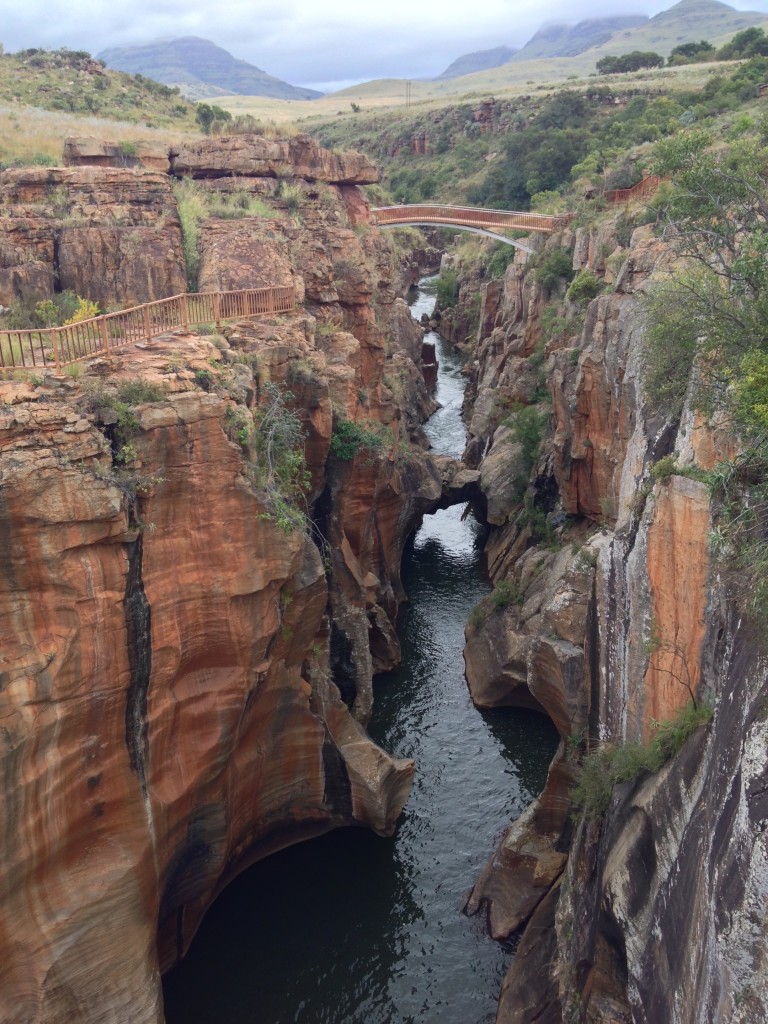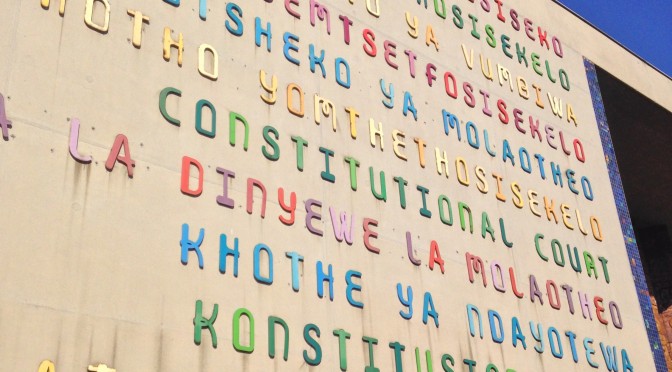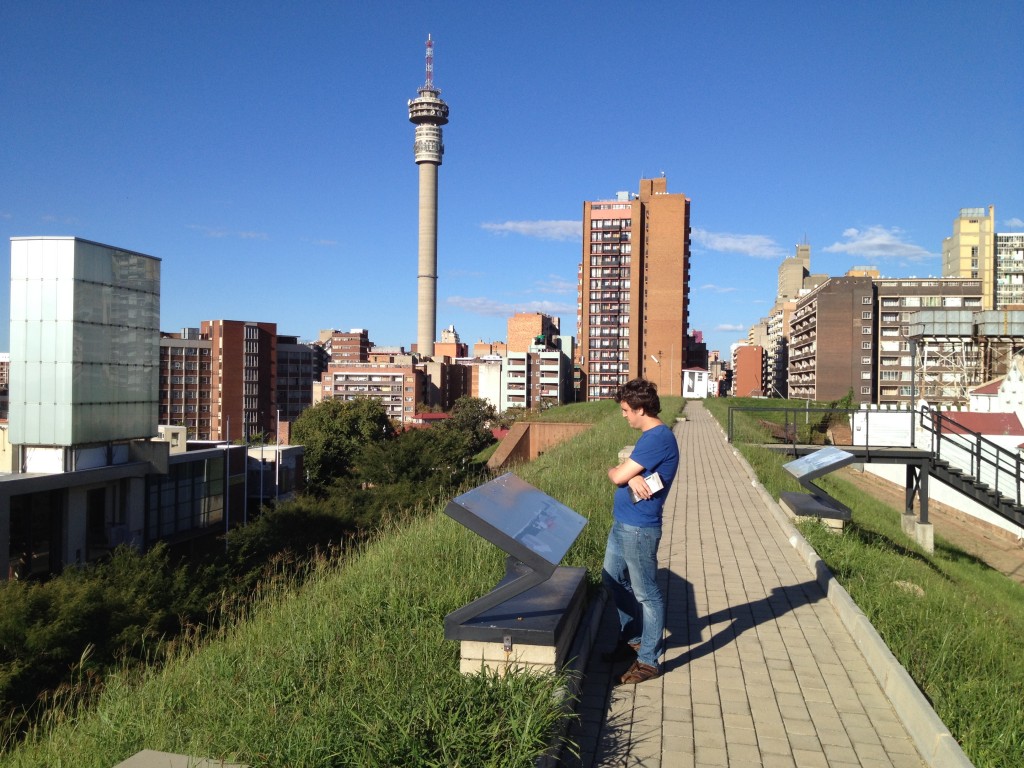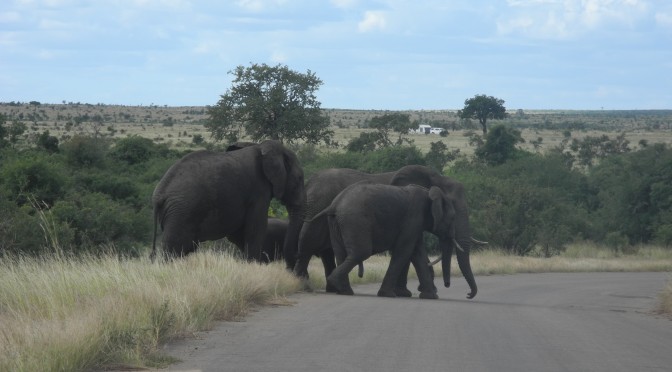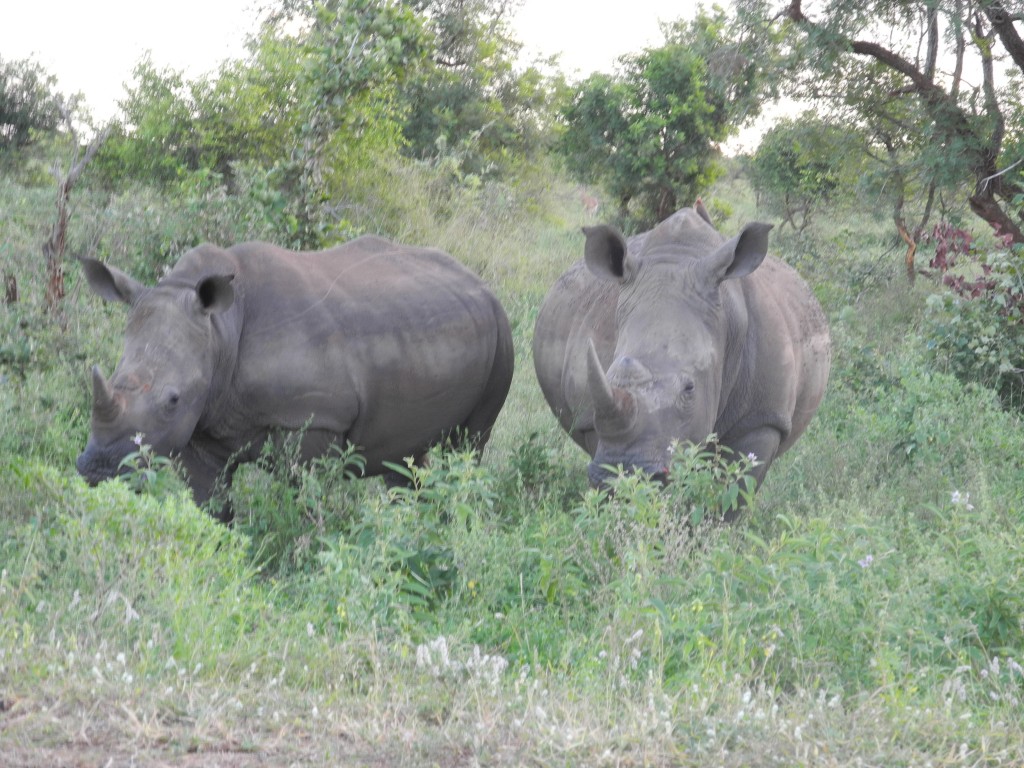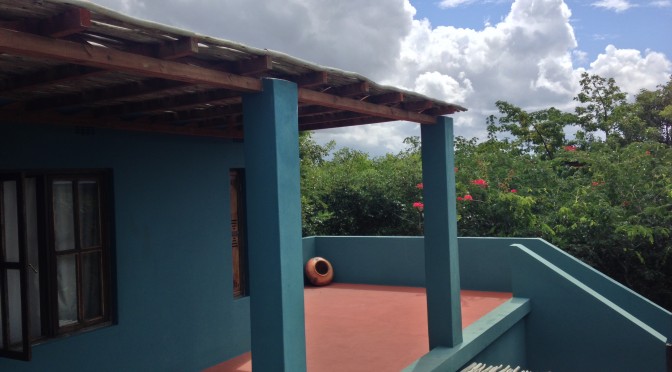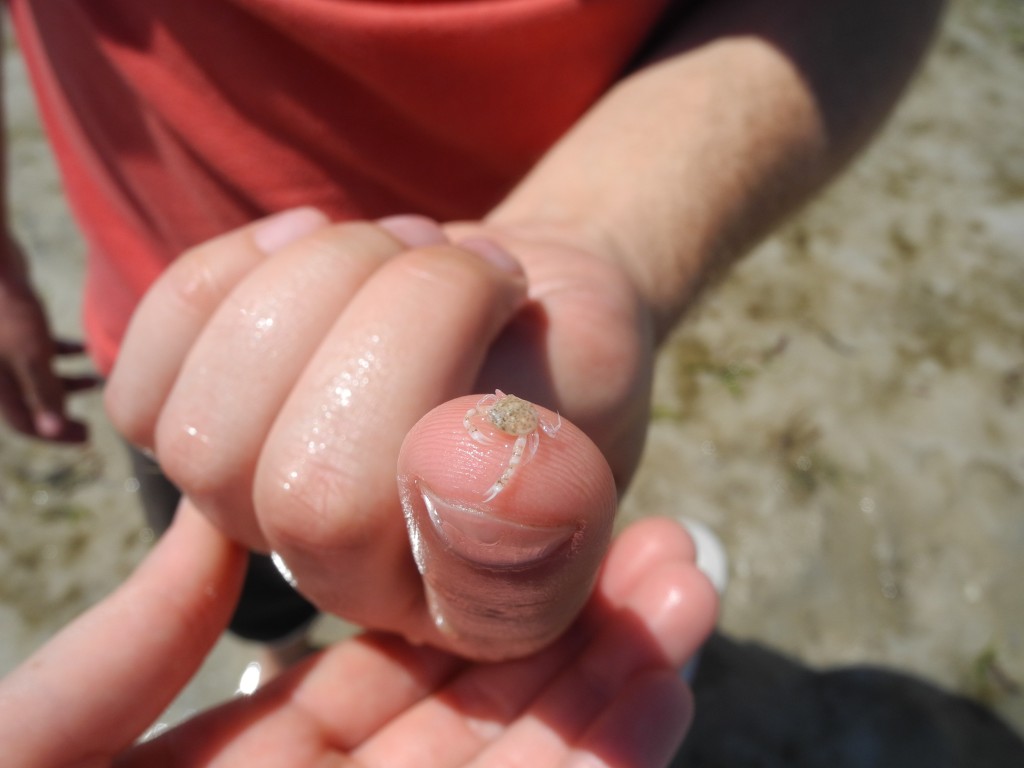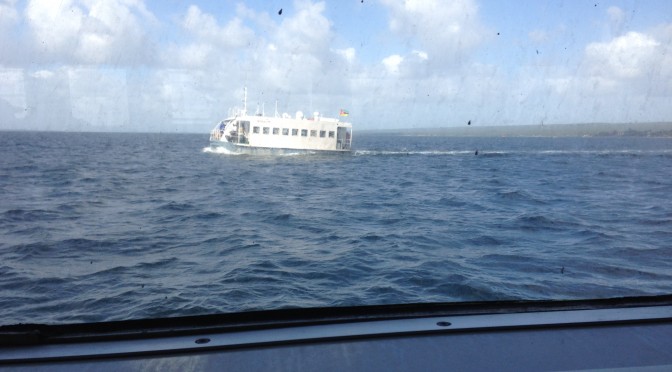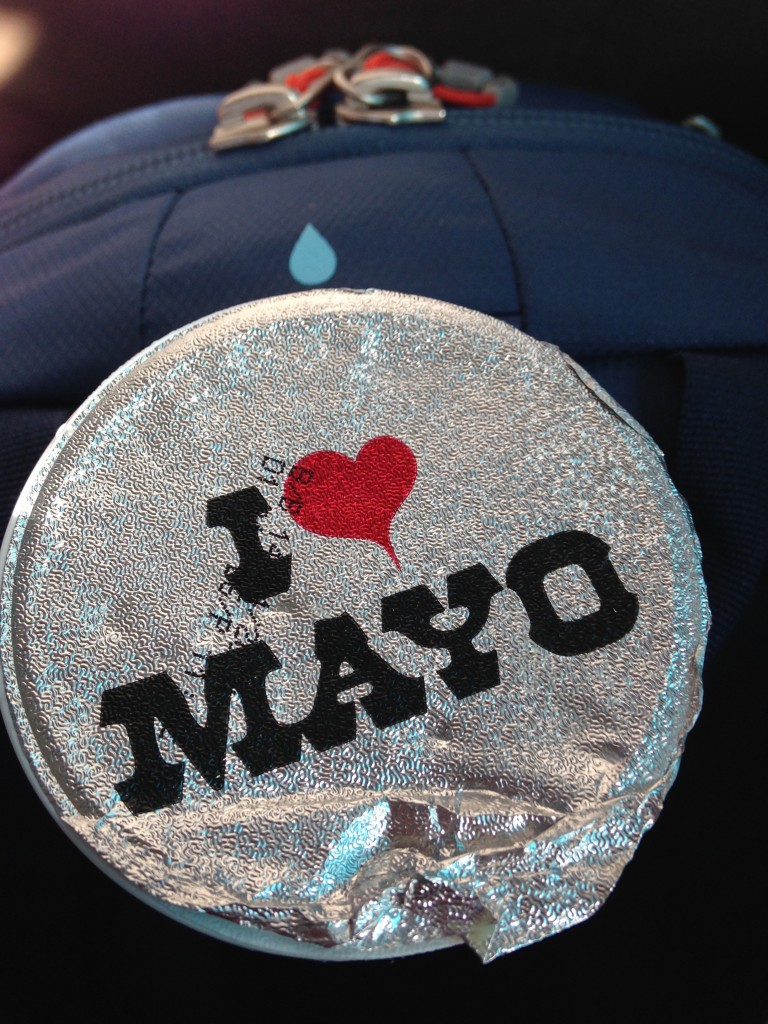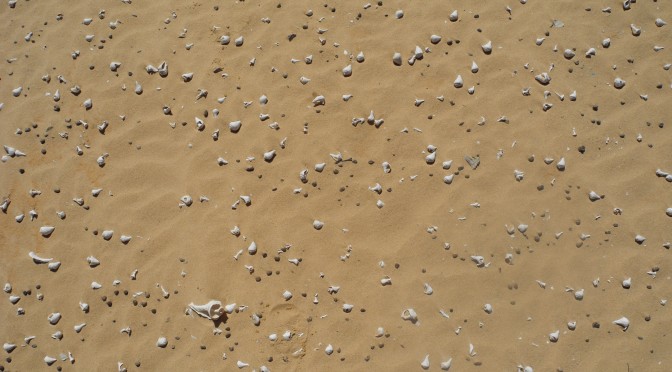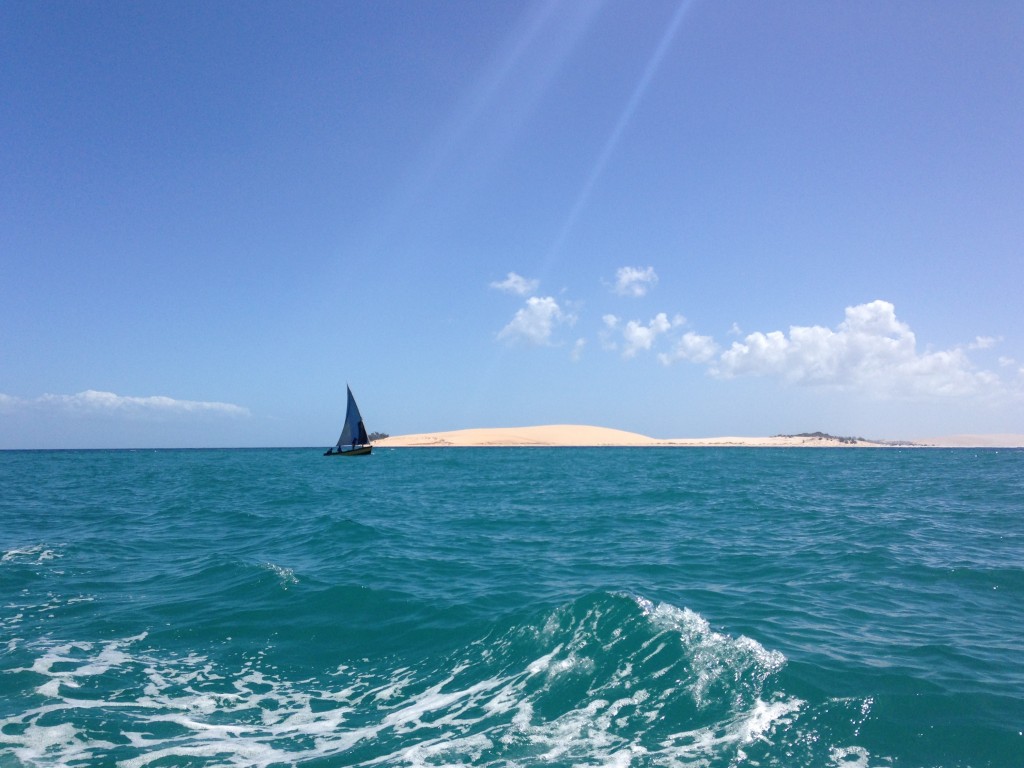After two amazing – but also tiring – days of animal-spotting in Kruger National Park, we were ready for a rest back in civilization and headed for Nelspruit, the nearby provincial capital of Mpumalanga.1 With a population of around a quarter of a million residents, Nelspruit has some of the amenities of the larger South African cities, without as much of the traffic and general congestion.
Exiting Kruger at the Crocodile Bridge gate – which lies less than 10 kilometers from Mozambican border2 – we began driving towards Nelspruit just as the sun was setting. We drove past seas of massive, green sugar cane plantations as we made our way back to the N4 toll road, the main route between Johannesburg and Maputo, and along which Nelspruit lies. The drive, which should have only taken about an hour and a half, unfortunately ballooned into a nearly three hour affair, due to slower night driving conditions and an elongated stretch of road work.
About 30 kilometers east of Nelspruit, in an otherwise nondescript part of the route, we found ourselves pulling up to an endless line of stopped cars. Unbeknownst to us at this point, construction had reduced a six kilometer section of the highway ahead to one-way, alternating traffic. After five minutes we turned off the engine. After another five minutes we turned off the headlights.3 After nearly an hour – which felt more like two – of watching traffic in the eastbound direction fly past us, and trying to surmise what was occurring ahead and when, or if, we would be moving forward again, there was a break in the action and our endless line of cars started plodding west towards Nelspruit. Continue reading Nelspruit and Hanging Out at the Mall

